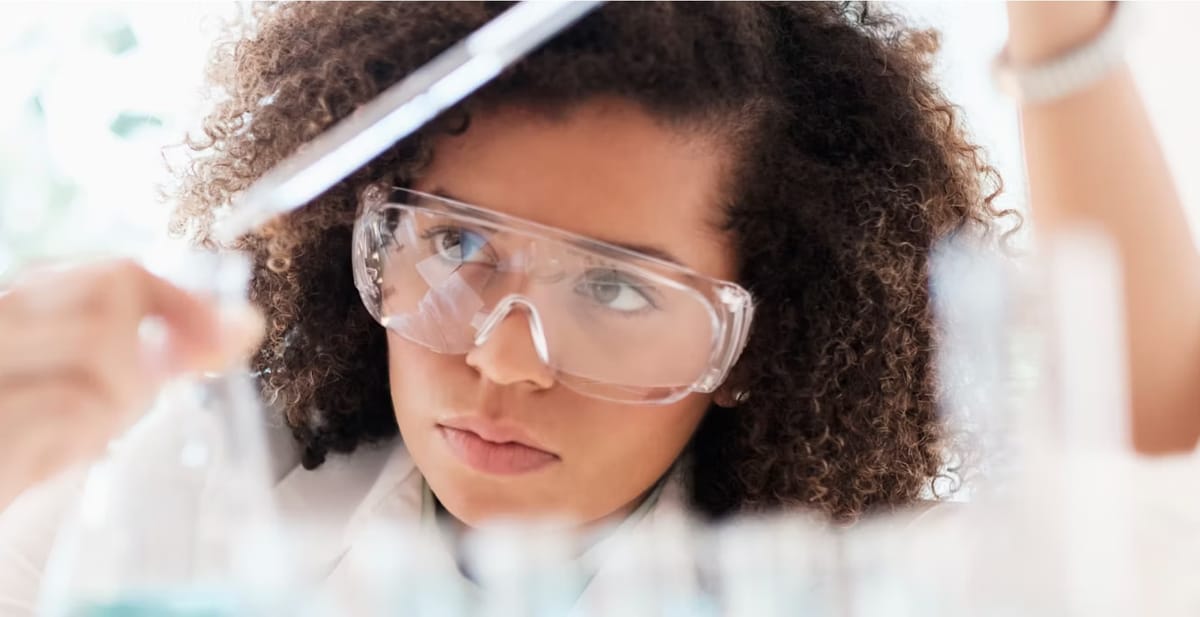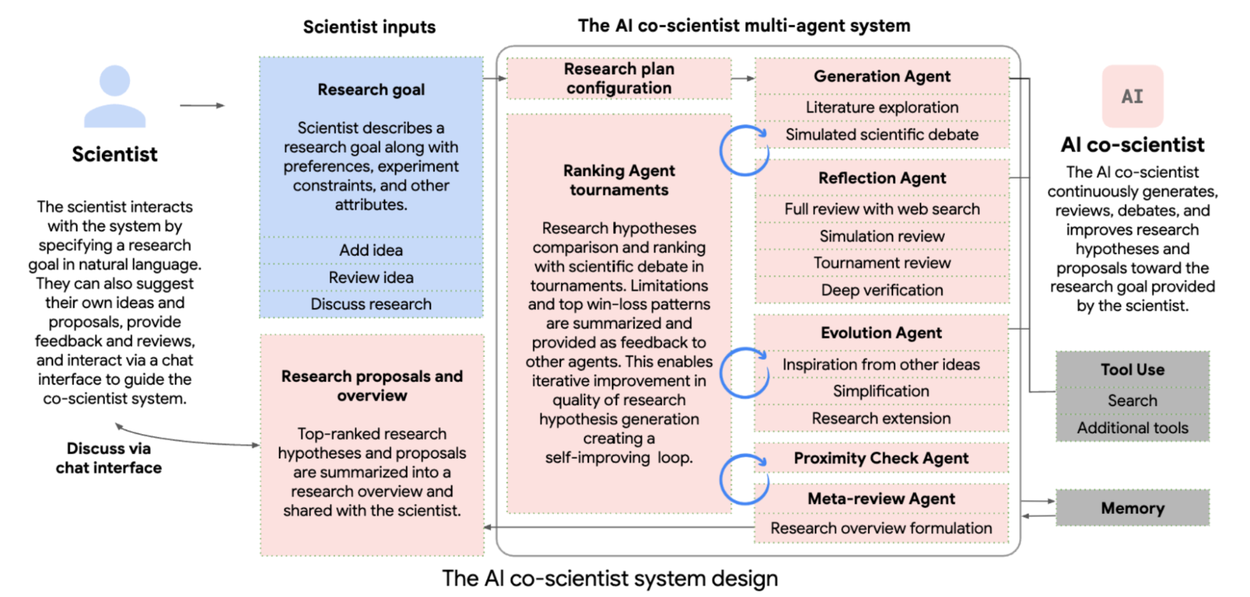
A research problem that took scientists more than ten years to solve? Google’s new AI co-scientist cracked it in days. The new AI-powered system, built on Gemini 2.0, is designed to generate novel hypotheses, synthesize vast amounts of scientific literature, and propose experimental plans. Early tests suggest it could dramatically accelerate scientific discovery, with researchers confirming that it has already generated testable hypotheses in fields like drug repurposing, antimicrobial resistance, and liver fibrosis treatment.
Key Points:
- AI co-scientist rediscovered a key antibiotic resistance mechanism in days—scientists took over a decade.
- Multi-agent AI system mirrors scientific reasoning with specialized agents for hypothesis generation and evaluation.
- Proven effectiveness in biomedical research, including antibiotic resistance and drug repurposing.
- Early access available through Google’s Trusted Tester Program.

Google’s AI co-scientist isn’t just summarizing research—it’s making breakthroughs. In one test, the system independently rediscovered a novel antibiotic resistance mechanism that human researchers at Imperial College London had spent more than a decade uncovering. The AI system, designed to propose testable hypotheses, suggested the same explanation for how bacteria evolve resistance, but in a fraction of the time.
This isn’t an isolated case. In another experiment, researchers used AI co-scientist to identify potential new treatments for acute myeloid leukemia (AML). The system proposed repurposing drugs that were not originally developed for AML, and follow-up lab experiments confirmed that the AI’s suggestions effectively inhibited cancer cells at clinically relevant doses.
So how does it work? The AI co-scientist is built on Gemini 2.0 and designed as a multi-agent system—meaning it doesn’t just generate one-shot answers but engages in a structured process that mirrors scientific reasoning. The system employs different AI “agents” specialized in hypothesis generation, reflection, ranking, evolution, and review, creating a feedback loop that improves the quality of its research outputs over time.
The AI co-scientist isn’t just performing literature reviews—it’s using these structured reasoning techniques to generate entirely new research directions. Google describes the system as a tool that can help scientists by providing novel insights and research plans that might otherwise take years to formulate.
However, Google is emphasizing that this isn’t about replacing scientists. AI co-scientist is meant to be an assistive tool, not an autonomous researcher. Scientists remain in control of the research process, using the AI to generate ideas, refine hypotheses, and structure experiments. The AI’s ability to rapidly synthesize massive amounts of literature and test different hypotheses could be a game-changer for disciplines where breakthroughs depend on making sense of vast, fragmented data.
For now, access is limited. Researchers can apply to use the AI co-scientist through Google’s Trusted Tester Program, where early adopters are already testing its capabilities in biomedical research. As AI continues to push the boundaries of discovery, tools like this could reshape how we approach some of the biggest scientific challenges of our time.

